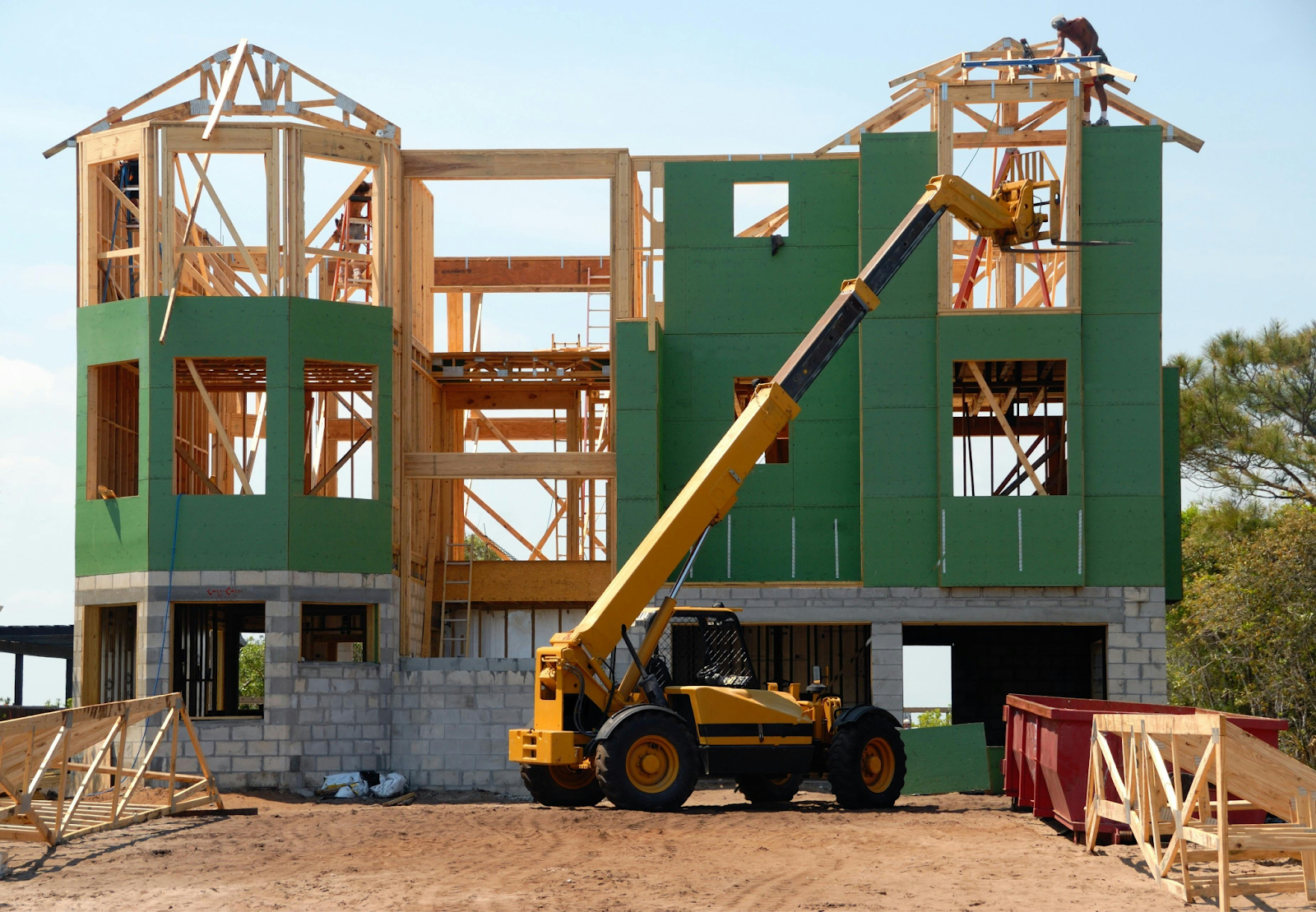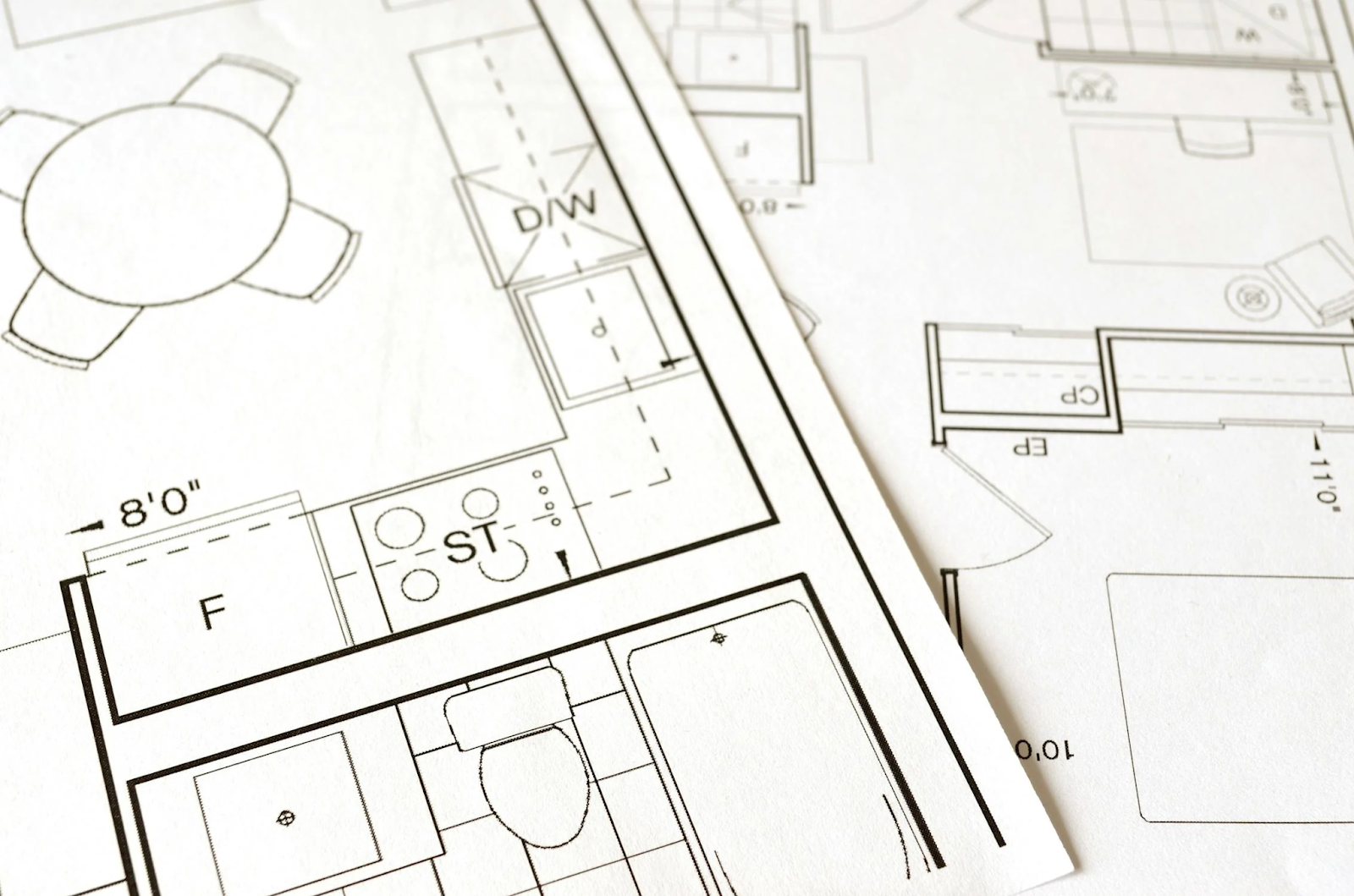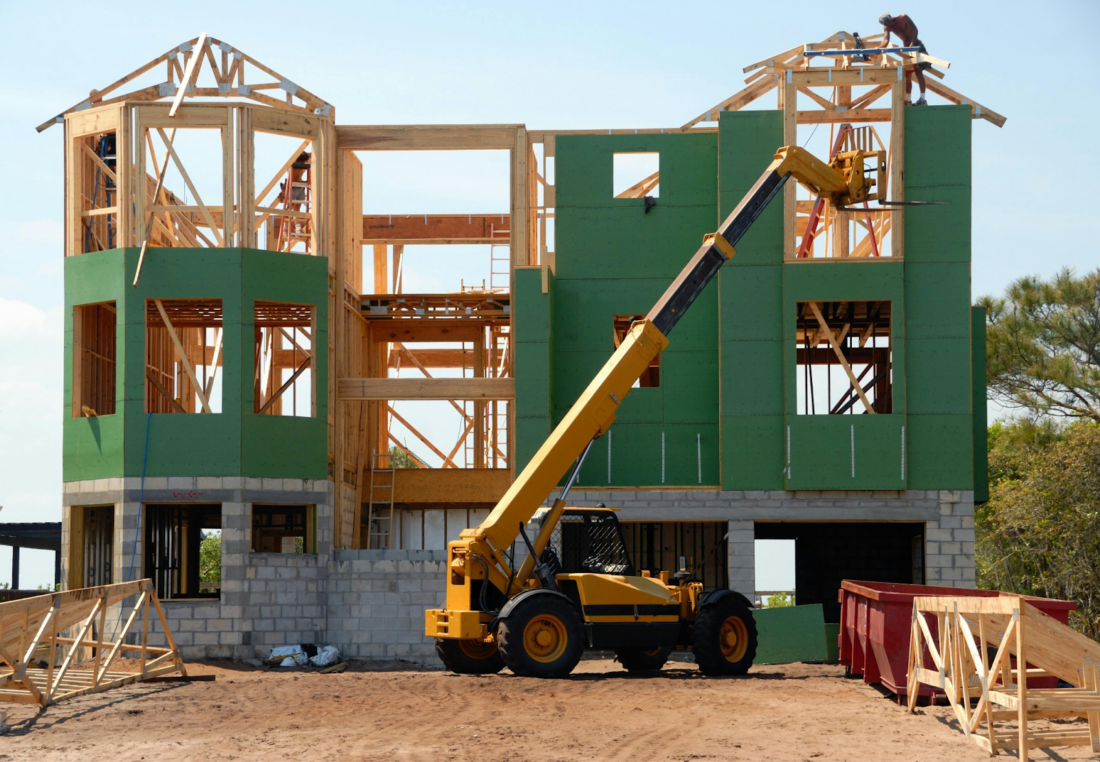
What exactly are "building coverage ratio" and "floor area ratio"? When buying and selling land and houses, building your own house or rebuilding or repairing a house, you often hear that you must abide by the "building coverage ratio" and "floor area ratio".In fact, regulations vary from place to place, and the requirements for building coverage ratio and floor area ratio are also different, but they all affect how much area, how many floors, and how much space can be used on the land, which in turn affects housing prices and land prices.This article will help you quickly understand the meaning, calculation, regulations, and inquiry methods of built-in coverage rate and floor area ratio. It will also attach a table of built-in coverage rate and floor area ratio, allowing you to easily understand the relationship between built-in coverage rate, floor area ratio, and housing space at once!
What do construction coverage ratio and floor area ratio mean?
What is the coverage rate?
The coverage ratio refers to "the ratio of the projected area of a building to the total area of the building site", that is, how much area can be used for building houses on a piece of land.
What is the floor area ratio?
Floor area ratio refers to "the ratio of the total floor area (termed volume) of a building to the total area of the building site", which is the total area of all floors of a house that can be built on a piece of land. However, building regulations stipulate that certain spaces within a building may not be included in the volume calculation.
What is the relaxation of building coverage ratio?
Although the government has a statutory coverage rate, in order to encourage public construction and promote urban renewal, the government has relaxed the coverage rate for dangerous and old reconstruction since November 2020. If the house is classified as a dangerous and old building, it will have the opportunity to be rebuilt during the reconstruction. Obtaining a higher construction coverage rate is the so-called "relaxation of construction coverage rate". The actual construction coverage rate of each county and city is different, and it is mainly based on the actual standards set by the competent authorities of each county and city.
Floor area ratio regulations and incentives
Although the government has a legal floor area ratio, in order to increase public space and construction, the government will use a larger floor area ratio to reward the people. People can build higher houses, thereby increasing the willingness of the people to participate in urban renewal. This is the so-called " Floor area ratio bonus". The floor area ratio incentives provided by the central government can be roughly divided into: promoting land development in old towns"Urban Renewal Building Volume Incentive","Building Volume Award for Urban Dangerous and Old Buildings", and the "Joint Development Volume Incentive" to promote the development of mass rapid transit systems.
in accordance with"Measures for awarding construction volume of dangerous and old urban buildings”, the government provides 8 major volume incentives. The incentives that can be applied for in dangerous old reconstruction projects are: original capacity is higher than legal capacity, dangerous and old buildings, self-retreat incentives, earthquake-resistant design incentives, green building incentives, smart building incentives, and barrier-free Eight items, including environmental rewards and development assistance rewards, can receive volume rewards ranging from 2% to 10% depending on the project, with a total upper limit of 30%.
The 8 large-volume bonuses seem like a lot, but how do you actually apply for them and what are the precautions? Welcome to the series of videos prepared by B-Studio:[[Eight Thresholds for Self-reliant Reconstruction] EP3: Ingenious use of architectural design/Who is the TOP1 architect in your mind? 】, giving you an in-depth understanding of the connection between volumetric incentives and architectural design.
Extended video:
1.[Two minutes to understand the rewards for the elderly, what are the rewards for the elderly?]
2.[What are the volume rewards? Let you understand the big analysis of volume reward at once, the fastest example of aging in 1-25 days! 】
3.[What are the volume rewards? Let you understand the big analysis of volume reward at once 2-What should I do if there are so many detailed items of volume reward that I can’t understand it? What exactly are you doing helping to build public facilities? 】
Regulations on building coverage ratio and floor area ratio
The following are the definitions of building coverage ratio and floor area ratio in Taiwan regulations.
Calculation of building coverage ratio and floor area ratio
The calculation formulas and cases for building coverage ratio and floor area ratio are explained below.
Building shielding rate formula
- Coverage rate = building area ÷ base area
- Building area = building coverage rate × base area
Construction coverage rate calculation case
If a piece of land in Taipei City has a built-up coverage rate of 50 % and an area of 100 pings, then the maximum construction area of this land = 100 × 50 % = 50 pings. The remaining 50 pings are legal open space and can be used for gardens, swimming pools, walking trails, Parking lots and other public outdoor facilities.
Construction coverage rate calculation case
If a piece of land in Taipei City has a built-up coverage rate of 50 % and an area of 100 pings, then the maximum construction area of this land = 100 × 50 % = 50 pings. The remaining 50 pings are legal open space and can be used for gardens, swimming pools, walking trails, Parking lots and other public outdoor facilities.

Floor area ratio formula
- Floor area ratio = total floor area ÷ base area
- Total floor area = floor area ratio × base area
Floor area ratio calculation case
A certain piece of land in Taipei City has a floor area ratio of 200 %, and 100 square meters of land can cover a total "volume" of 100 x 200 % = 200 square meters.\. The volume is not equal to the total area of each floor, because the building regulations stipulate that certain spaces in the building (for example: safety ladders, stair halls, balconies, roof water towers, basement parking lots, air-raid shelters, etc.) can be "exempted from being counted in the volume" , which means that the actual total area of each floor that can be built is greater than the total volume.
Extended video:[The key to success by not hiding private matters and endangering the elderly - the fastest reconstruction example/how to replace one square meter with one square meter if the volume is low]
Comparison table of building coverage ratio and floor area ratio
The following is a comparison table of building coverage ratio and floor area ratio.
| | Building coverage rate | Volume rate |
mean | flat land control | Three-dimensional building control |
formula | Building area ÷ base area | Total floor area ÷ site area |
illustrate | How big can a house cover on one floor? | How many floors can a house build? |
High proportion | The house is large and the public space is small | The house has many floors |
low ratio | The house is small and the public space is large | The house has few floors |
Where can I check the building coverage rate and floor area ratio?
The classification of land in Taiwan is mainly divided into two categories: urban land and non-urban land. The methods of querying the built-up coverage ratio and floor area ratio of urban land and non-urban land are different, which are introduced separately below.

Inquiry on urban land coverage rate and floor area ratio
Urban land refers to "land in areas where urban plans have been issued", and its use is based onUrban Planning Actcontrol. Urban land can be further divided into 10 land categories according to the purpose of use, including residential areas, commercial areas, industrial areas, administrative areas, cultural and educational areas, and agricultural areas. The classification of each category, its coverage ratio and floor area ratio are different according to the land use zoning information system of each county and city government. The information is subject to the official announcement of the property management authority.
- Query step one: enterNational land use zoning queryAfter entering the web page, click on "System Functions" on the left and enter the address/lot number you want to query. You can also go toLand use zoning system for each county and city governmentClick to inquire.
- Query Step 2: After confirming the land type, not every county and city government will directly display the building coverage rate and floor area ratio values on the system. Therefore, you need to follow the announcements of each county and city government to compare the building coverage rate and floor area ratio of the land type. AttachedTaipei City,New Taipei CityList of building coverage and floor area ratio regulations.
Query on construction coverage rate and floor area ratio of non-urban land
Non-urban land refers to "land other than urban land" and its use is based onNon-Urban Land Use Control Rulescontrol. Non-urban land can be further divided into 9 land categories according to the purpose of use: Type A construction land, Type B construction land, Type C construction land, Type D construction land, transportation land, and recreational land. Each category has a corresponding building coverage rate. and floor area ratio.
| | Building coverage rate | Volume rate |
Type A building land | 60% | 240% |
Type B building land | 60% | 240% |
Type C building land | 40% | 120% |
Type D building land | 70% | 300% |
Kiln industry land | 60% | 120% |
Transportation land | 40% | 120% |
recreational space | 40% | 120% |
Funeral land | 40% | 120% |
Special purpose business land | 60% | 180% |
How to use building coverage ratio, floor area ratio and architectural design? Leave it to the professional B-Studio!
Because buildings have restrictions on coverage ratio, floor area ratio and incentive mechanisms, different architectural design styles and types have been derived, such as large terraces, patios, green buildings, etc., which not only utilize the area, but also achieve beautification effects. Of course, these special building designs need to be discussed with a professional architect and checked against the regulations of each county and city.
How to save money and build and design an ideal house safely and legally? The relevant incentives and regulations are actually quite complicated. If you are not sure how to evaluate and start, it is recommended to seek the assistance of a professional architectural studio.B-StudioAdhering to the people-centered design spirit, we have a professional construction and design team who are familiar with relevant regulations on floor area ratio and redevelopment rules for dilapidated buildings, and have won many international awards. ClickConsult now, to help you create the most suitable and unique space.

